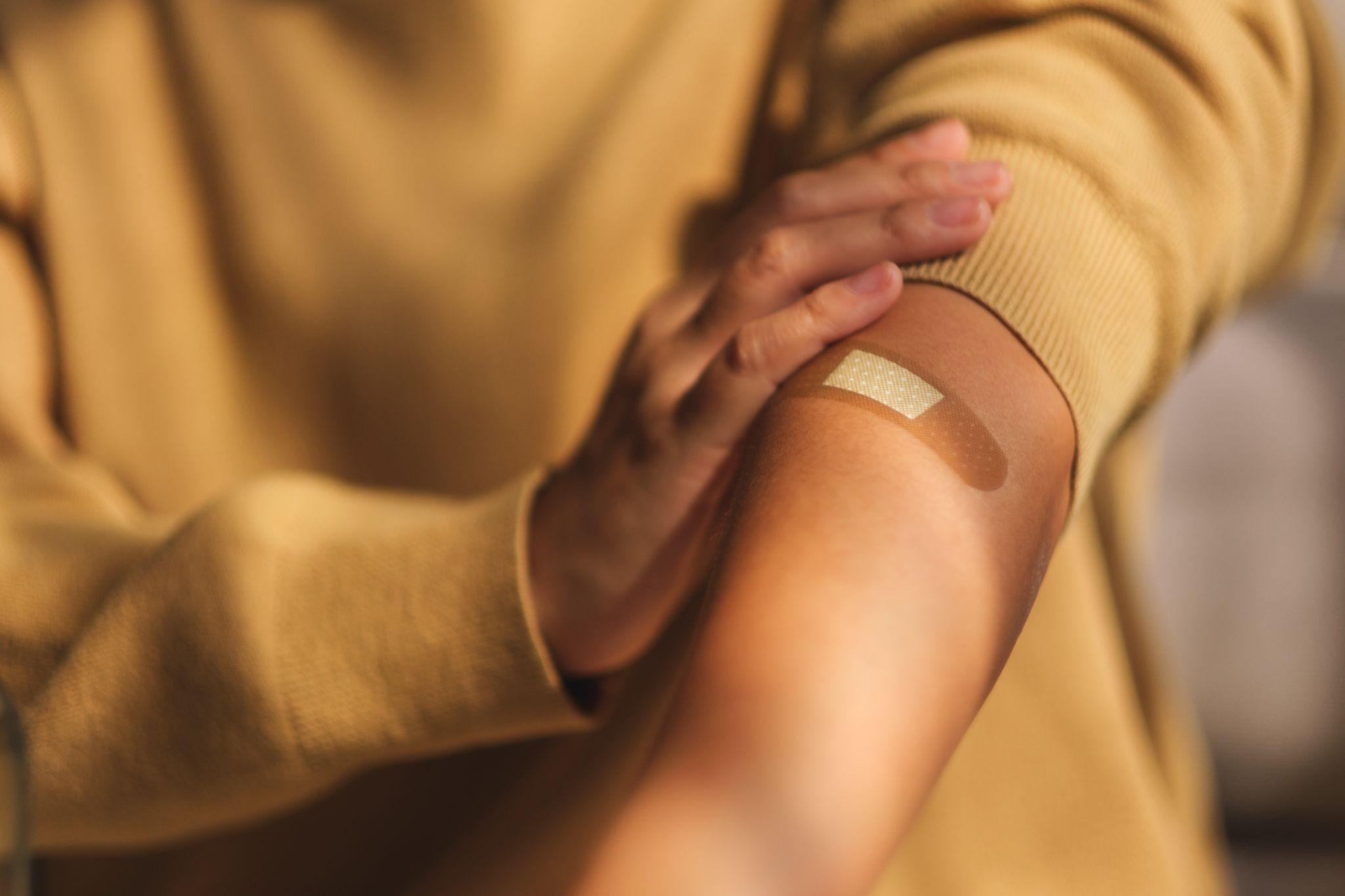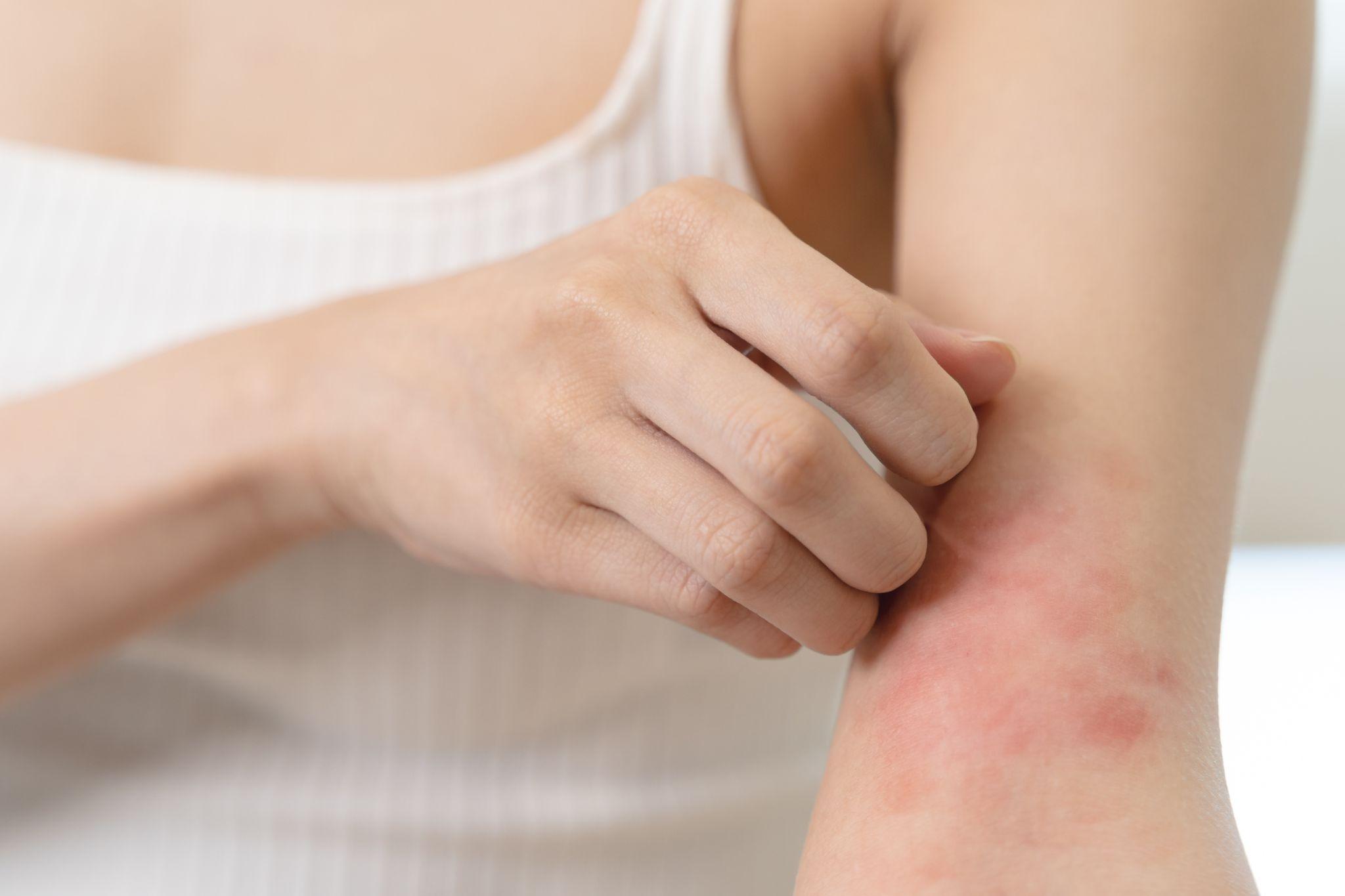Methamphetamine, commonly known as crystal meth or meth, is a highly addictive and powerful stimulant that affects the central nervous system. The effects of meth use have significant physical and mental health consequences, among the most visible signs of meth abuse are meth sores.
These sores can be alarming for both users and their loved ones. Understanding what meth sores are, their causes, dangers, and how to heal them is important for those affected by meth addiction and their loved ones.
What Are Meth Sores?
Meth sores are open wounds, lesions, or blisters that appear on the skin of methamphetamine users. These sores are often painful and can become infected if not properly treated. They are one of the most recognizable symptoms of meth use and addiction.
The drug itself causes severe dehydration and dry skin, making the skin more prone to cracking and injuries. Methamphetamine also raises body temperature and blood pressure, which can cause excessive sweating. When combined with poor hygiene, this can create an ideal environment for bacteria and infections, leading to sores.
What Do Meth Sores Look Like?
Meth sores can vary in appearance but generally start as small red or white bumps. These bumps may be mistaken for pimples or insect bites. Over time, these bumps can turn into open wounds or ulcers.
Common areas where meth sores appear include the face, arms, and legs. They often become larger and more severe due to constant scratching or picking at the skin. This behavior is known as “meth mites” or “crank bugs,” where users feel like bugs are crawling under their skin.1
What Causes Meth Sores?
Several factors contribute to the development of meth sores:
- Skin picking. One of the primary causes of meth sores is a condition called formication, where meth users experience the sensation of insects crawling under their skin. This sensation leads to intense scratching and picking at the skin, causing sores and wounds. The constant scratching can break the skin, creating open wounds that can easily become infected.
- Poor hygiene. Meth users typically neglect personal hygiene, which increases the risk of infections and sores. The drug’s intense stimulant effects can lead users to go days without proper washing or care, allowing bacteria to thrive on the skin. This neglect, combined with open wounds from scratching, creates a perfect storm for the development of sores.
- Reduced blood flow. Meth constricts blood vessels, reducing blood flow to the skin and impairing the body’s ability to heal minor cuts and abrasions. This vasoconstriction means that any small injury or sore takes much longer to heal than it would in a healthy individual. Additionally, reduced blood flow can lead to tissue damage, exacerbating the severity of sores.
- Nutritional deficiencies. Meth addiction often leads to poor nutrition, weakening the immune system and skin health. Users may neglect to eat properly or consume a balanced diet, resulting in deficiencies in essential vitamins and minerals that are crucial for skin repair and overall health. Nutritional deficits can make the skin more fragile and less able to recover from damage.
What Are the Potential Dangers of Meth Sores?
Meth sores are not just unsightly—they pose significant health risks:
Infections
Open sores are prone to bacterial and skin infections, which can lead to severe complications if left untreated. Infections can spread to other parts of the body, causing systemic issues. Common bacteria that infect meth sores include Staphylococcus aureus and Streptococcus pyogenes. These infections can result in cellulitis, abscesses, and even sepsis, a life-threatening condition where the infection spreads into the bloodstream.2
Scarring
Repeated picking and poor healing can result in permanent scarring, which can affect a person’s appearance and self-esteem. Deep, chronic sores that repeatedly get infected or are not allowed to heal properly can leave behind significant scars.
Bloodborne Diseases
Sharing needles or other paraphernalia can transmit bloodborne diseases like HIV and hepatitis. Open sores increase the risk of these infections. When meth users share needles, they are at high risk of contracting and spreading these serious diseases.
Chronic Pain
Infected and inflamed sores can cause chronic pain and discomfort, further complicating recovery efforts. The persistent pain from untreated or poorly managed sores can be debilitating. This pain can interfere with daily activities, sleep, and overall quality of life, making it harder for individuals to focus on their recovery and maintain sobriety.

How to Heal Meth Sores
Healing meth sores requires a combination of medical treatment, proper hygiene, and lifestyle changes. Some steps to help heal these sores include:
Seek medical attention. It’s essential to see a healthcare professional for proper diagnosis and treatment. They can prescribe antibiotics for infections and recommend appropriate wound care. In severe cases, a doctor may refer the patient to a specialist, such as a dermatologist or an infectious disease expert, to manage complicated sores and infections effectively.
Stop using meth. The most effective way to heal meth sores is to stop using methamphetamine. Seek help from addiction specialists and consider enrolling in a rehabilitation program. Treatment options include inpatient and outpatient programs, counseling, support groups, and medication-assisted treatment. Quitting meth is crucial for the overall health and well-being of the individual, and it allows the body to begin the healing process.
Maintain proper hygiene. Clean the sores regularly with mild soap and water. Avoid picking at the sores to prevent further damage and infection. Regularly washing the affected areas helps remove dirt, bacteria, and dead skin, which can promote healing. Keeping the skin clean and dry is essential in preventing new sores from forming and existing ones from worsening.
Eat nutritiously and stay hydrated. Adequate hydration and a balanced diet promote overall health and can facilitate the healing process. Vitamins and minerals, especially vitamin C and zinc, are crucial for skin repair. A balanced diet can strengthen the immune system and provide the necessary nutrients for skin regeneration. Staying hydrated helps maintain skin elasticity and supports the body’s natural healing mechanisms.
Cover the sores. Keeping the sores covered with sterile bandages can protect them from bacteria and reduce the temptation to scratch. Bandaging the sores, as well as using over-the-counter or prescription ointments, also creates a barrier that helps keep the wounds clean and moist, which can promote faster healing. Change bandages regularly and follow proper wound care practices to prevent infection and encourage recovery.
Start Healing and Recovering With Lumina Recovery
Meth sores are a severe and visible consequence of methamphetamine addiction. Recovery from meth addiction and the associated physical damage is challenging, but with the right medical care and support, healing is possible.
Lumina Recovery offers specialized inpatient and outpatient treatment centers for meth addiction, providing personalized care and support to help individuals achieve long-term recovery.
If you or someone you care about is battling meth addiction, seek assistance today to begin the path toward recovery and healing.
Sources:


